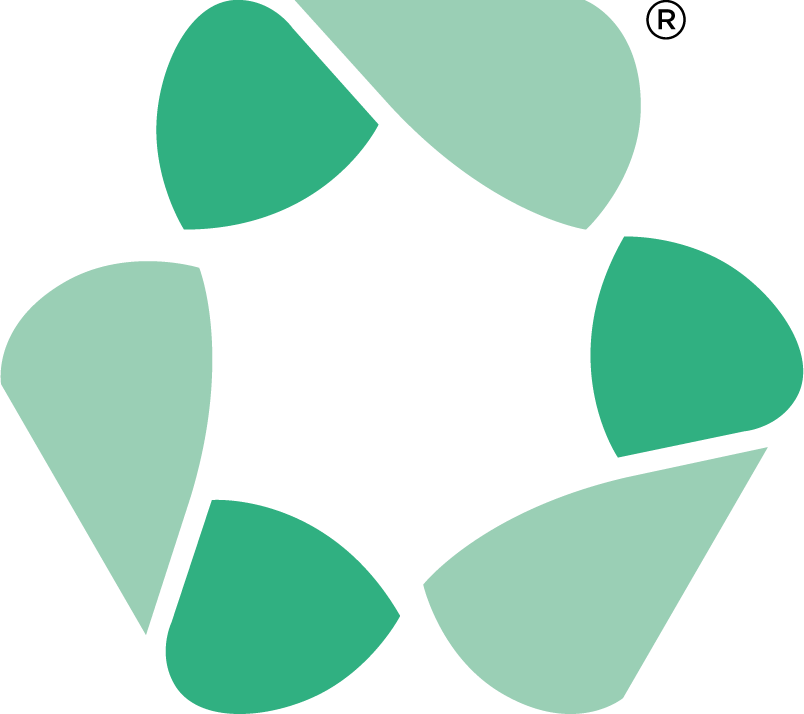Nature recycles everything. In nature there is no such thing as waste. Nature is by definition a regenerative system in which everything serves a purpose. Even at the end of its lifecycle when it is returned back to the system to begin a new cycle. The question is — how you as a company can adopt principles and processes which are more regenerative. The answer is bio circular.
Let’s look at the guiding arguments.
The pitfalls of the circular economy
The circular economy, nature-based solutions and the bioeconomy offer strong narratives for the business. Standing alone they do not offer a comprehensive suite of solutions. Collaboratively they can help us imagine a pathway to a future economy based on biodiversity- supporting regenerative principles and planetary wellbeing.
The circular economy represents a step change away from our traditional linear economy — make, use, dispose. In a circular economy we can keep resources in use for as long as possible, extracting the minimum value from them by using them over and over again, then recovering and regenerating the materials at the end of each service life.
Even though it is a step in the right direction, the circular economy does not always guarantee that all the materials in the loop can be broken down by nature or natural processes, that the materials are non-toxic to human life or the environment, nor that non-spillage can be totally avoided.
Bio-circular economy involves incorporating materials that can safely biodegrade in nature without the help of industrial processes. By only allowing good materials into the loop, you ensure that if there is a spillage, there is no damage because the materials are non-toxic to human life and the environment.
Bio-circular solutions have its roots in nature
Nature based solutions are developed in a bioeconomy. The bioeconomy refers to an economic system in which biological resources, processes, and principles are used to create sustainable and renewable products, energy, and services. It encompasses a wide range of activities that leverage biological materials and processes to generate economic value while also promoting environmental sustainability and social well-being.
Key components of the bioeconomy include:
Biomass and Bioenergy: Utilizing biological materials, such as crops, forestry residues, and algae, to produce renewable energy sources like biofuels, biogas, and biomass-based electricity.
Biobased Products: Developing and manufacturing products made from biological sources, such as bioplastics, bio-based chemicals, and bio-based materials, as alternatives to traditional petroleum-based products.
Biotechnology: Applying biological sciences, including genetic engineering and bioprocessing, to improve the efficiency and sustainability of various industrial processes, such as agriculture, healthcare, and manufacturing.
Sustainable Agriculture and Forestry: Implementing practices that promote sustainable land use, crop production, and forest management to ensure a continuous supply of biological resources.
Circular Economy: Fostering a circular approach to resource utilization, where waste and byproducts are minimized, and materials are reused, recycled, or repurposed to reduce environmental impact.
Planet-centric design
Now that you know what bio-circular solutions could entail — let’s have a look at how you can make it happen. Planet-centric design has gained increasing attention in recent years due to its potential to address sustainability challenges, enhance efficiency, and reduce the environmental impact of human activities. It embodies the idea that nature has already provided numerous solutions to complex problems, and by looking to the natural world for inspiration, we can create more innovative and sustainable technologies.
Planet-centric design is an innovative approach to problem-solving and product development that draws inspiration from nature’s solutions to various challenges. It involves studying and emulating biological systems, processes, and structures to create more sustainable and efficient designs and technologies.
Examples of bioinspired designs include:
– Velcro, inspired by the way burrs stick to clothing.
– Wind turbine blades designed like the fins of humpback whales to improve aerodynamics.
– Self-cleaning surfaces inspired by the lotus leaf’s water-repellent properties.
– Robotics inspired by animal locomotion and behavior, such as the development of agile and adaptable robots based on the movements of insects.
What can you do as a Supply Chain and/or business leader to move forward on this topic?
· Understand how your products and processes are impacting the planetary boundaries today?
· Understand to what extent you do already as a company source inspiration from nature when designing products or services?
· Understand how you engage with the market and your customers in relation to bio-circular solutions?
· Understand how you can apply a systems perspective to your process and product development ensuring product, process and Value Chain’s are connected.
In our book “Re-imagining the Value Chain — A regenerative Approach” we have defined a 3-step process to develop healthy products and processes (which in this article is called bio-circular).
Would you like to learn more? Then check out this company case.
Pakka
Pakka, based in India, made the shift from being a paper and pulp company to a sustainable packaging company. The company’s tagline: “Packaging with a soul” reflects its commitment to doing business for good. Pakka’s products are created using sugarcane waste (bagasse) as the primary raw material. Their product line Chuk is a compostable tableware brand that is toxin-free, light-weight, modular, oil and water-resistant. And -on top of that — the main production facility generates its own electricity with an 8.5 MW plant that runs on 100% biomass-based energy.

